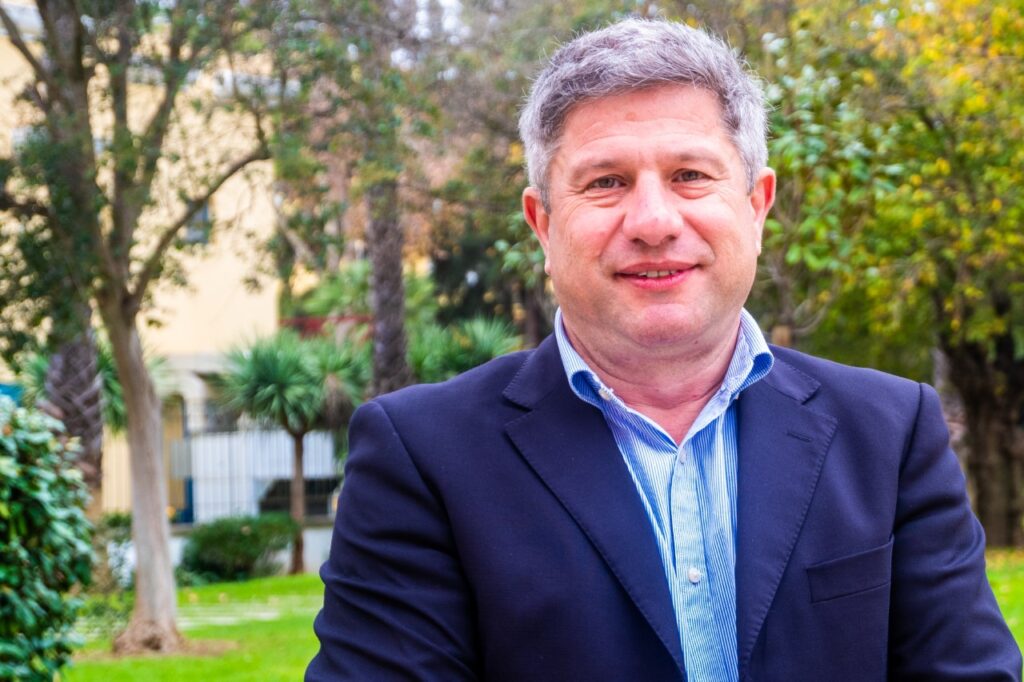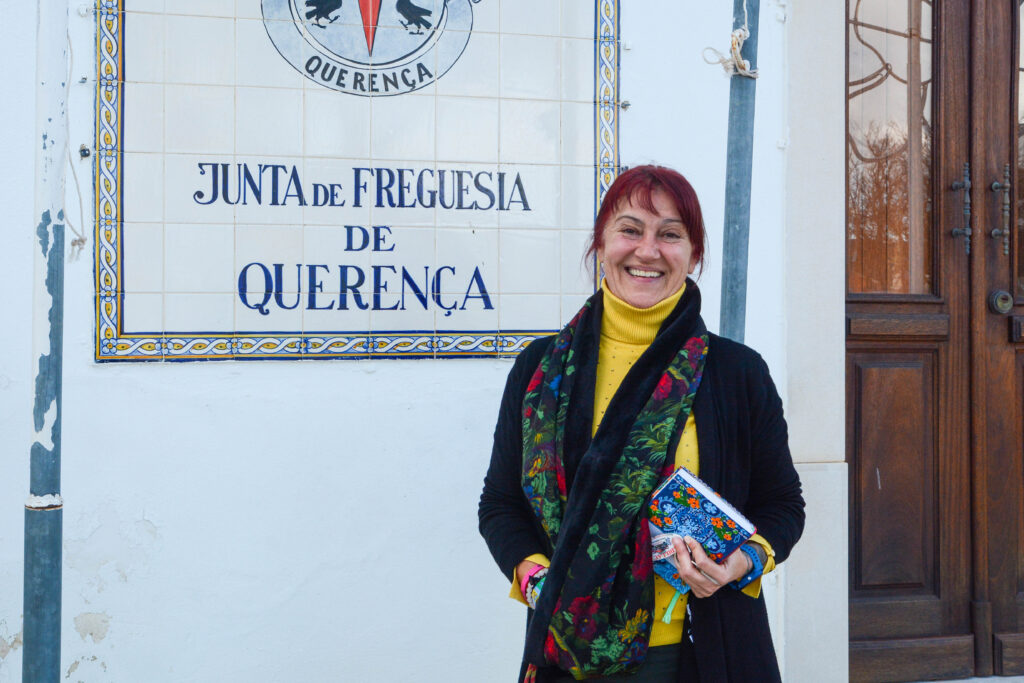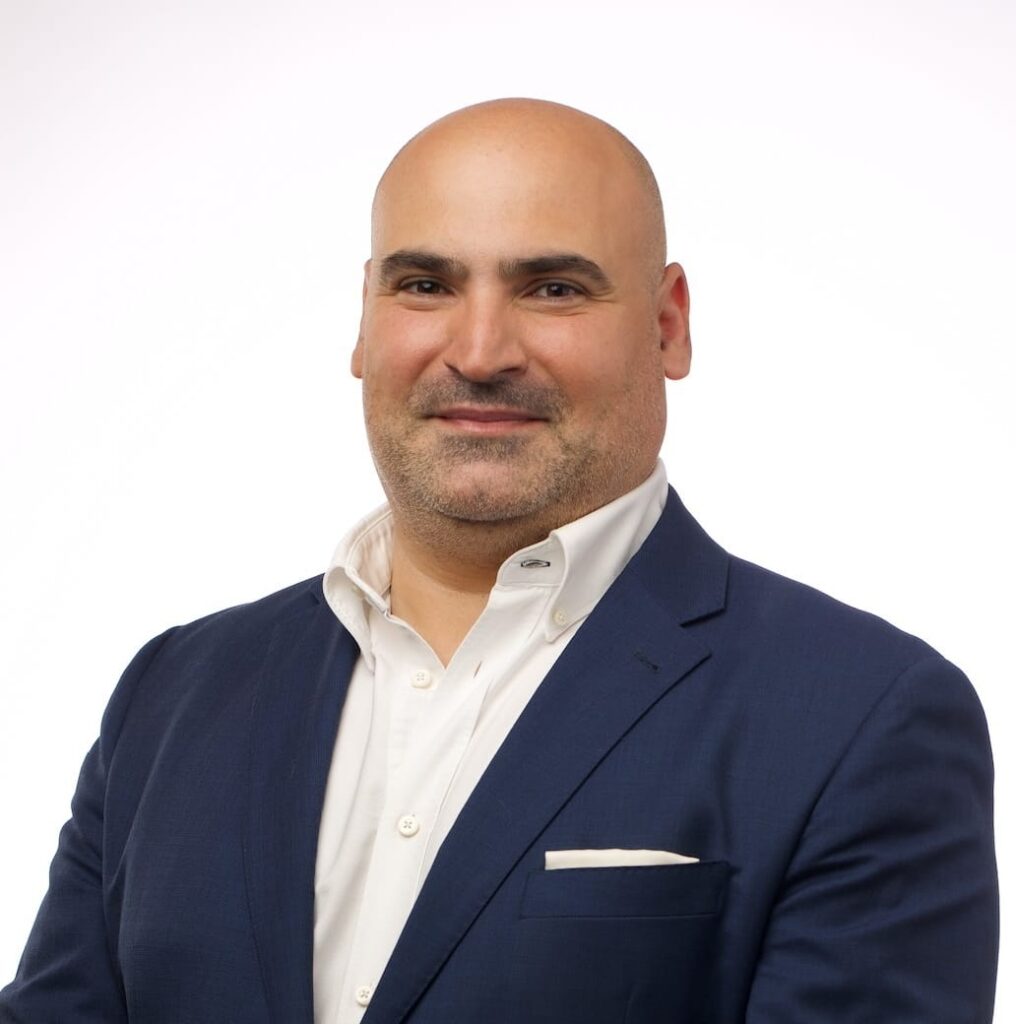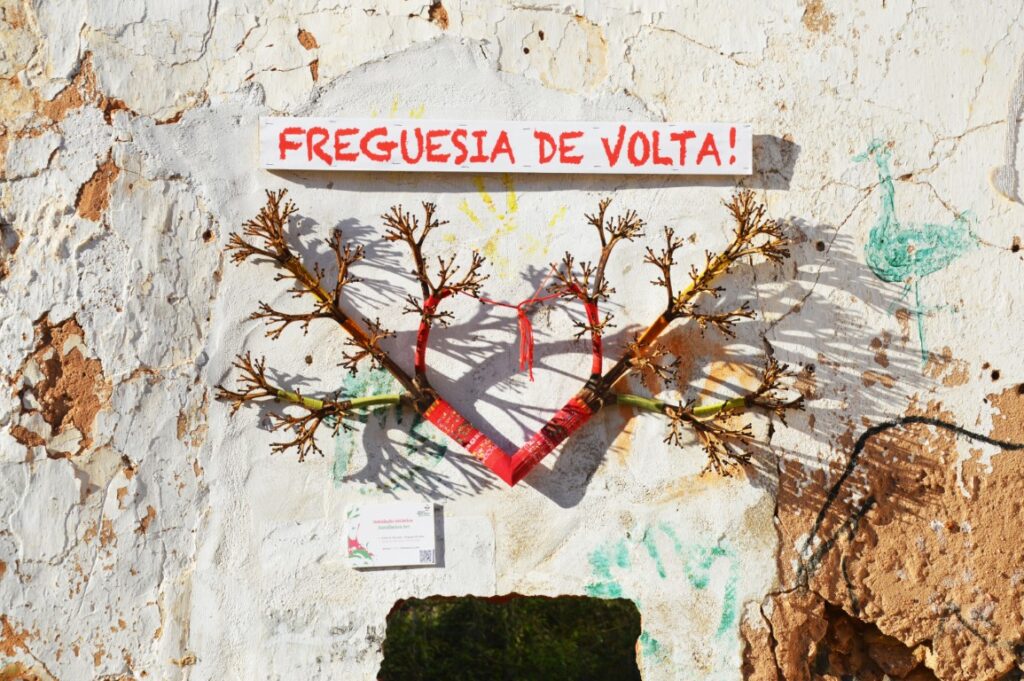Half of the 16 parish unions that were created in the Algarve in 2013 will break up and return to their original situation. But, if there are eight municipalities that thought that the measure was negative, there are many others that recognized advantages in the “marriage” and will assume the commitment forever.
A diploma approved at the end of 2021 opened the door to the reversal of the parish union process, giving a unique opportunity to disaggregate the former parishes that wanted to regain their autonomy.
The process, which had to be carried out and concluded throughout 2022, was based on criteria «related to the population and the territory, the provision of services to citizens, the effectiveness and efficiency of public management, the history and cultural identity and the political will of the population expressed by the respective representative bodies», according to the National Association of Parishes (ANAFRE).
In the Algarve, the parish unions of Albufeira and Olhos de Água remain; Alcoutim and Pereiro; Faro (Cathedral and Saint Peter); Estômbar and Parchal; Lagoa and Carvoeiro; Lagos (São Sebastião and Santa Maria); Tavira (Santa Maria and Santiago); and Vila do Bispo and Raposeira.
In the opposite direction, in terms of breakdown, are the Parish Unions of Conceição and Estoi; Bensafrim and Baron of São João; Querença, Tôr and Benafim; Moncarapacho and Fuseta; Alcantarilha and Pêra; Algoz and Tunes; Conceição and Cabanas de Tavira; and Luz de Tavira and Santo Estêvão.

In some cases, the desire to separate is rooted in “a question of identity, which meant that people did not accept the aggregation well. In other cases, there are old rivalries, despite being from the same municipality».
This is the perception of João Carlos Simões, the Algarve coordinator at ANAFRE and president of one of the Parish Unions created about 10 years ago, that of Alcoutim and Pereiro, which opted to keep everything the same and not separate.
As the representative of the Algarvian Parish Councils pointed out, identity issues played a decisive role in cases where disaggregation was requested, a process that has already been concluded, at local level, and which only awaits confirmation from the Government.
In Barão de São João, in the municipality of Lagos, for example, a movement was even created in favor of the recreation of this Parish Council.
The main argument put forward by the movement for separation is that the parish of Barão de São João is “quite old, with a culture and identity of its own”, which is why it should separate from neighboring Bensafrim.
A campaign was even launched to encourage voter registration, so that Barão de São João would have enough voters to meet the stipulated criteria.
In the end, theThe dissolution of the Union of the Parishes of Bensafrim and Barão de São João was approved unanimously and by acclamation by the Municipal Assembly of Lagos», according to the movement.

In the municipality of Loulé, identity issues were also at stake, as the Chamber highlighted in the opinion it issued in relation to the will to disaggregate.
This junction of parishes, says the municipality «did not occur through the will or popular participation» and was «a manifest legislative error that clearly harmed the populations of its territorial area»
In Benafim, it was «where the most critical voices and the greatest dissatisfaction with this aggregation were heard, perhaps due to the fact that, for years, it had fought for its autonomy as a parish, since until the 80s it incorporated the parish of Alte. An identical situation was experienced by Tôr which, only in the 90s, became a parish, disassociating itself at the time of Querença».
Despite the popular will and the majority of those elected to the different municipal bodies, who approved the proposed detachment, there are those who think that the separation of Querença, Benafim and Tôr is not a good idea. And not just any person.
«The current demands on a Parish Council are such that I have many doubts about the sustainability of disaggregation, in the future, because, to buy a screw, make an expense, you need a panoply of documentation and platforms that we have to launch. Will the new councils have the conditions and technical means to carry out this work individually?”, asks Margarida Correia, president of the União de Freguesias Louletana, in statements to our newspaper.
Despite also considering that the aggregation was «a mistake», the mayor stresses that, after these years, things are «minimally working». Now, «this is going to revolutionize everything again and I have many doubts about the benefits that this will bring to people».
The aggregation, he says, made it possible to gain scale and implement new projects, such as a birth subsidy of 2 euros, «which previously only existed in Benafim and was of lower value» and free theater in schools, among other measures. «We have a series of things that, individually, God wants the new parishes to be able to accomplish, but I don't know if they will have the dimension for that», considers Margarida Correia.

Em Faro, the scale gained is, moreover, seen as the great advantage of the union of the former urban parishes of Sé and São Pedro.
“What we noticed here in Faro, is that the scale gained is very significant. There are more funds and more means. For example, when it comes to gardens, with two parishes we have a city at two speeds. The difference from one street to the next one can be enormous just because the parishes change», he told the Sul Informação Bruno Lage, president of the Parish Union of Faro.
«The Parish Councils are a kind of condominium for the city, they are responsible for maintenance and detect and solve small problems. We have more and more skills, but we also need to have the corresponding means", he added.
And after almost ten years, what is the judgment of this board president?
«The aggregation is positive because you gain scale. Is it more work? From the! But it's worth it», he believes.
João Carlos Simões aligns with the same tuning fork.
«In the case of Alcoutim and Pereiro, the aggregation went very well, because the machinery on one side and the other complemented each other. On one side, there was a backhoe loader without a cargo truck and on the other side there was the truck, but without a backhoe loader », he exemplified.
That is, separating would be counterproductive.
At the moment, all the disaggregation processes «were approved by the Municipal Assemblies», after having been approved by the Parish Assembly, which means that all the steps that needed to be taken at the local level are concluded.
“At the moment, things are in the hands of the Assembly of the Republic. In principle, unless there is any procedural problem, the requests must be approved, because they are covered by the law», concluded João Carlos Simões.



















Comments